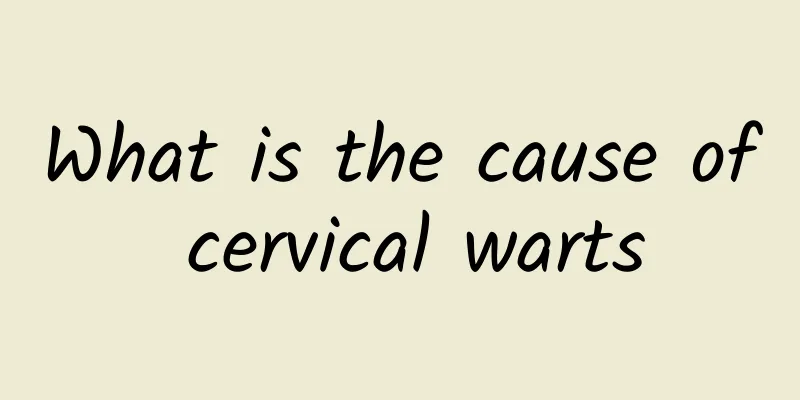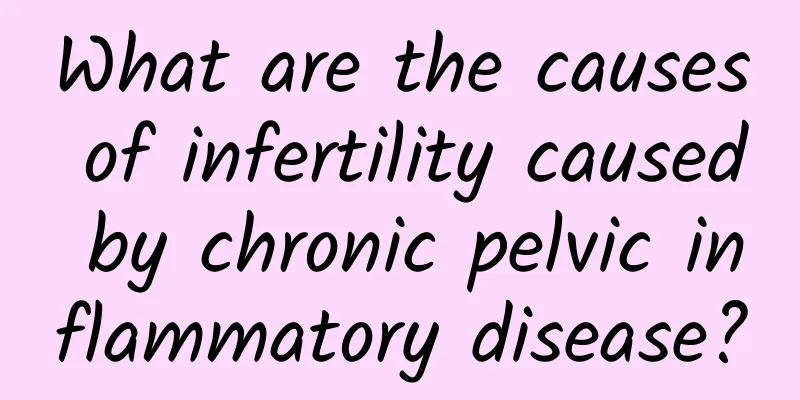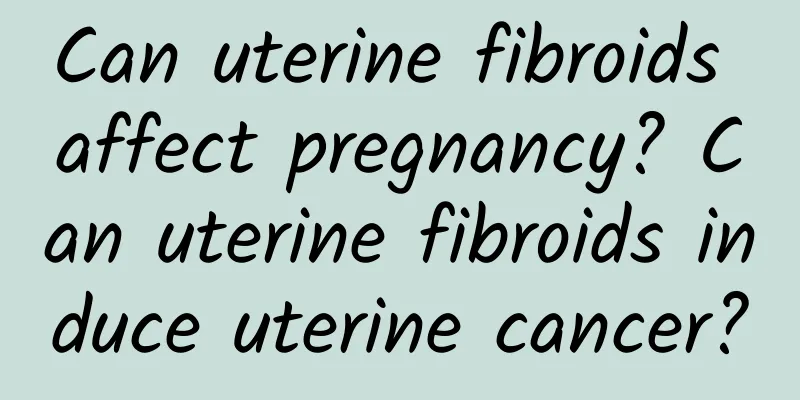What is the cause of cervical warts

|
Everyone finds sexually transmitted diseases very scary because they can be transmitted to the people they love without people knowing. So what are the causes of these diseases? People often say that cervical warts are a type of sexually transmitted disease, which makes many patients terrified and miserable. How to get rid of cervical warts is a problem that troubles many patients. But what causes cervical warts? There is no clear answer in people's minds. The following is an introduction to the causes of cervical warts: Cervical warts are caused by HPV. HPV is a DNA virus with a double-stranded DNA core and a protein capsid wrapped around it. The capsid is composed of 72 subunit shell particles. They are arranged into a three-dimensional symmetrical icosahedron. The double-stranded DNA and the outer shell wrapped around it are collectively called the nucleocapsid. The core DNA double-stranded constitutes the HPV genome, which consists of 7,900 nucleotide bases. They encode about 9 protein components. E1-E7, L1, and L2 are 9 genes that encode proteins, respectively. The E group genes are genes required for viral DNA replication. The L1 and L2 genes encode viral particle capsid proteins. Papillomaviruses are highly species-specific to their hosts, and the only host of HPV is humans. Experimental animals, including rodents, cannot be infected, and tissue culture of HPV has not yet been successful, which brings certain difficulties to research work. There are many different types of HPV. In the past, serological methods were mostly used to type HPV based on the specificity of antiserum binding to HPV capsid protein. However, since HPV has not yet been cultured, it is impossible to prepare antigens and corresponding antiserum in large quantities, and serological typing methods are difficult to apply in practice. The emergence of molecular biology technology has enabled us to type HPV based on genotypes. Using molecular hybridization technology, more than 120 subtypes have been identified, about 40 of which are related to reproductive tract infections. Different types of HPV can cause different clinical manifestations. HPVs associated with cervical cancer and cervical intraepithelial neoplasia are called high-risk types, including types 16, 18, 31, 33, 35, 39, 45, 51, 52, 56, 58, 59, 68, etc. HPVs associated with benign lesions such as genital cervical condyloma are called low-risk types, including types 6, 11, 42, 43, 44, etc. Persistent infection with high-risk HPVs is the main cause of cervical cancer. Conclusion: After reading the above article about cervical warts, I believe you have a preliminary understanding of the cause of cervical warts! People get scared and lose confidence in life when they hear about sexually transmitted diseases. In fact, cervical warts are not as scary as people imagine. You should keep a calm mind, believe in science, and deal with it calmly. |
<<: What are the factors that cause cervical warts in women?
>>: What are the common causes of cervical warts?
Recommend
Specific explanation of the symptoms of uterine fibroids with abdominal masses
It is understood that many patients with uterine ...
Can pelvic inflammatory disease cause ectopic pregnancy in women?
Can pelvic inflammatory disease cause ectopic pre...
Analysis of the causes of cervicitis caused by drug abuse
Cervicitis is caused by many factors. We must pay...
Cheers to the Universiade! Drinking alcohol while watching the game may cause premature aging of the skin
Are you ready for the Taiwan Universiade on Augus...
What are the symptoms of threatened abortion? Is it serious? How to treat it?
Threatened abortion can be treated with bed rest,...
How to completely cure endometrial tuberculosis
Endometrial tuberculosis is a disease that many w...
How to treat multiple uterine fibroids How to use medication for multiple uterine fibroids
Treatment of multiple uterine fibroids. Uterine f...
Can eating grapefruit help you lose weight? 8 foods to help you get beautiful legs
[Core Tips]: What can you eat to lose weight in y...
South Korean oysters found to contain toxic bacteria, health agency to destroy all
In early June, it was reported that people in the...
What are the treatments for endometriosis?
For many women nowadays, they always suffer from ...
Long-term gastroesophageal reflux may increase the risk of esophageal cancer! Nutritionist Jian Yuhua: 7 tips for preventing gastroesophageal reflux
"belch! How come all the food I ate at noon ...
What should I check before abortion? You need to do these 3 types of examinations
Before abortion, you must do a good job of examin...
How to treat early uterine fibroids? Is the incidence of early uterine fibroids high?
Uterine fibroids are very harmful to women, rangi...
The following are some surgical methods for painless abortion
Painless abortion is a common abortion method in ...
What are the complications of irregular menstruation?
What are the complications of irregular menstruat...









